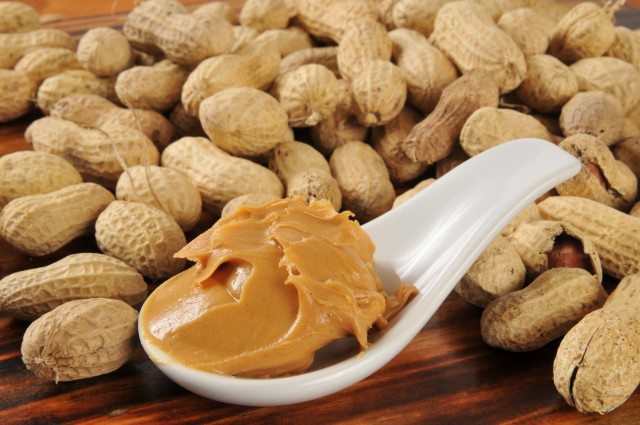Waters Corporation introduces its new LiveID Software for near-instantaneous, direct-from-sample measurement and classification of food products including meat and crops by Waters’ quadrupole, time-of-flight (QTof) mass spectrometers.
Available worldwide, the software enables Waters Xevo G2-XS QTof or SYNAPT G2-Si Mass Spectrometers equipped with an iKnife Sampling device, Rapid Evaporative Ionization Mass Spectrometry (REIMS) ion source and MassLynx Mass Spectrometry Software to help laboratories detect food fraud.
Food fraud – when food is labelled and sold as something that it is not – is a growing and pernicious problem that funds organized crime, cheats consumers and jeopardizes the reputation of food producers and the health of economies dependent on food exports.
In recent years, QTof mass spectrometry has emerged as a promising technique for detecting food fraud.
One who has pioneered its use for this application is Professor Chris Elliott, Director – Institute for Global Food Security, Queens University Belfast.
“The REIMS QTof technology platform has the potential to revolutionize food authenticity analysis due to its speed and ability to detect multiple issues simultaneously that impact the integrity of the food we eat,” he says.
Faster than conventional techniques like immunosassay and polymerase chain reaction, mass spectrometry enabled by LiveID Software produces definitive results in seconds.
With iKnife Sampling and REIMS, no sample pretreatment or separation is typically necessary.
When the hand-held iKnife sampling device comes in contact with a sample of animal or plant tissue or other processed foodstuffs such as butter, it creates smoke containing compound-specific molecules which are directed to the REIMS source where the molecules are ionized and then passed on to be detected by the mass spectrometer.
In very short time, the LiveID software then creates a molecular profile or chemical fingerprint of the sample, compares it to a user-generated database of reference fingerprints and then classifies the sample as belonging to one of a number of sample types or groupings.










